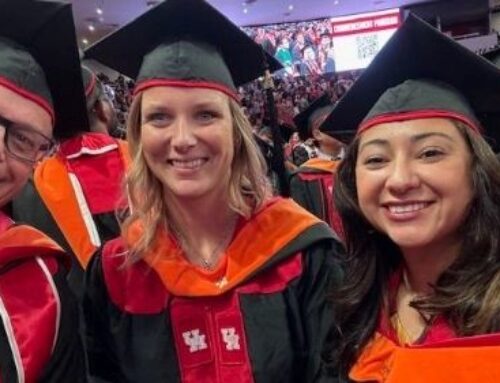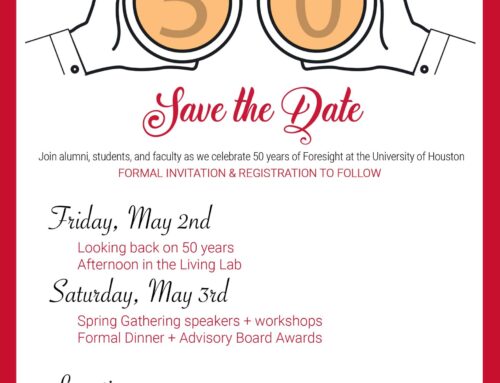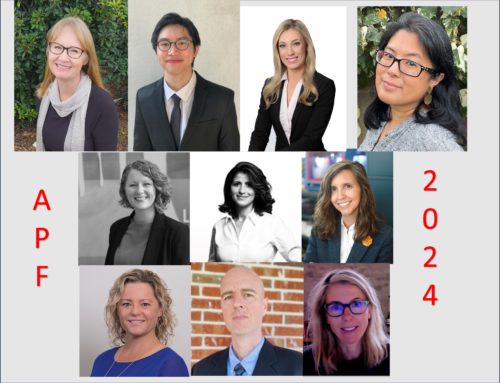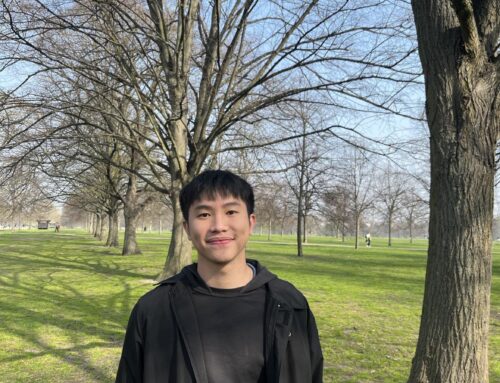Contributor: Hausen Le
The world needs more futurists. Getting paid to practice foresight is a challenge for most people in the field, let alone someone just starting their career. My two-year journey from graduating undergrad degree to full-time futurist had raised challenges I suspect are heightened for young people. The UH Foresight Master’s Program played a key role in easing challenges that make being a professional futurist seem out of reach. Here’s three challenges worth anticipating for both young, aspiring futurists and those invested in youth foresight as well as how the program addressed them.
 Challenge #1: Young people have the least amount of work experience.
Challenge #1: Young people have the least amount of work experience.
The few entry-level foresight jobs available ask for years of consulting experience. This often requires those with no work experience to work in an adjacent field first. The way many aspiring futurists start is by covertly using foresight until they can make the leap to new responsibilities or a new job entirely. However, this can be difficult to do in an entry-level position where work is typically repetitive with little room for creativity. One of the things that stands out in UH foresight is the emphasis on implementation. Almost every class contains a consulting project where you practice distinct tools on topics of personal interest. You receive feedback from world-class practitioners at each step of the process. At the end of the day people need to trust that you can deliver. What better than 10 projects under your belt to get you started?
Challenge #2: We may have time, but you get what you pay for when it comes to training.
As someone who’s painfully familiar with the “broke college student” life, I checked out the free foresight resources available online. I found that while conferences and case studies had inspiring stories, they weren’t always written with the “how” in mind. Weeklong training like TFSX are great for understanding why foresight matters but not enough to implement. Free foresight content, events, and trainings on LinkedIn are short and with topics shifting too often for meaningful application. From a learning perspective, UH offers resources and tools worth learning from the theory all the way to digestible examples, along with structure on how to implement them. A library you can continue adding to as you figure out what you want to do. You don’t need academic training to navigate the ocean of foresight, but having a curated map sure helps to get to where you want, faster.
Challenge #3: Foresight community is hard to come by.
Conventional wisdom says that you spend your 20s trying to figure out who you are which doesn’t get easier when your peers have no idea what you’re dreaming about. Futures work has unique challenges that make a support system scarce. There’s unlikely to be a local futurist community, conference, or even futurists in your area. While you can and should reach out to futurists on LinkedIn and otherwise, creating lasting relationships in foresight as a beginner is a tough problem. This is a challenge I suspect many futurists share which reflects how warm and welcoming they are to new futurists. I’ve found community at UH through their Spring Gathering and Alumni JT Mudge’s Rocket Chat. The bright side is that once you find a community of futurists that meet your vibe, the common theme I hear is that people find their tribe. And for many a sense of belonging is part of what makes life worth living.





